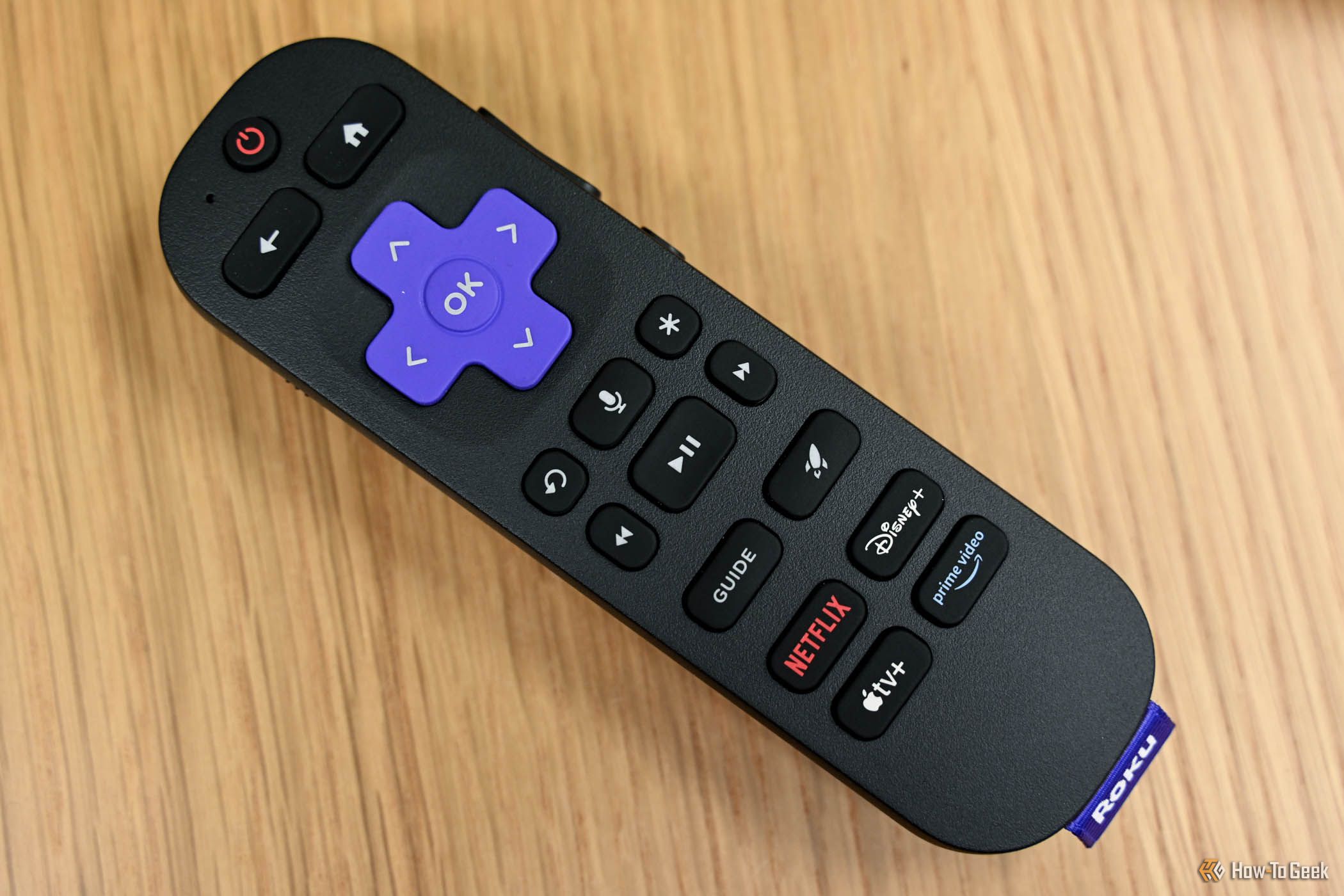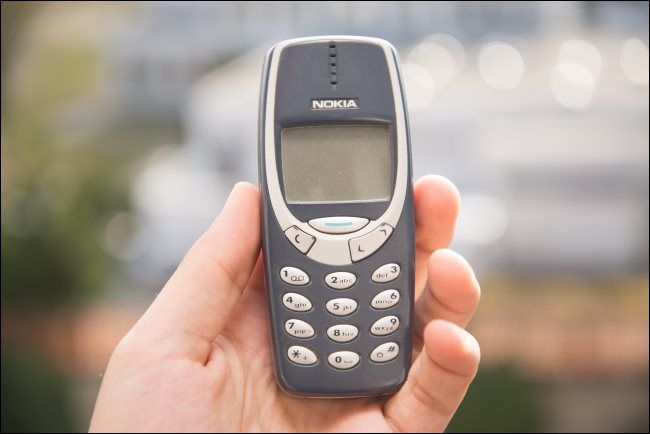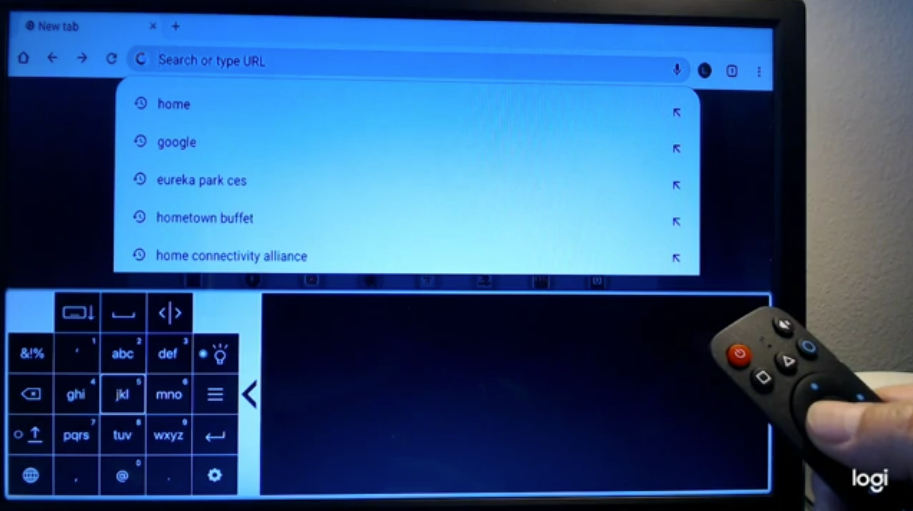Quick Links
Typing on a TV will test your patience. It just takes too long and requires too much effort. But surely we could figure out a way to make the experience better? As it turns out, we already did. We just left the tech for it in the 90s.
Typing on TV’s Sucks
Have you ever tried entering your Wi-Fi password on a TV? If yes, you already know how frustrating typing on a TV can be. It’s made worse because smart TVs ask you to type for all sorts of reasons—whether that’s inputting a password or searching for that one show on Netflix.
The core issue is the keyboard design. TVs use a QWERTY layout, but it’s completely unsuited for the job—especially when your only inputs are the directional keys on your remote. The result is that typing on TV is a slow, tedious process. You’re forced to tap-tap-tap your way to each letter, turning what should take seconds into a frustrating, multi-minute ordeal.
Granted, there are other ways to type on your TV, like using your phone or voice controls, but those solutions aren’t always feasible.
For example, what if you’re trying to type on a TV that’s not yours? Do you go through a whole pairing process that will probably take as long as typing in the first place? Or what if you have an accent, and voice control isn’t doing a good job picking up your sentences?
A Different Keyboard Is the Answer
The thing is, typing on a TV doesn’t have to be hard. In fact, it could be just as easy as texting on your phone, and we’ve had the tech to make it happen for a long time.
In the 90s and early 2000s, mobile phones used the T9 keyboard to revolutionize texting. We could reach back in time and apply that technology to our TVs.
T9 stands for “text on 9 keys,” and it’s a typing system that makes it easy to type on keypad phones with single keystrokes. Letters are grouped and assigned to the buttons on the keypad, and when you type in the correct combination of numbers, the system predicts what word you are trying to write. For example, if you pressed the “abc”, “abc”, and “pqrs” buttons, the system might predict that you were trying to write “Car”.
Adding this tech to our TVs could make typing on a TV so much better. First off, some remotes still have a numeric keypad, so adding T9 to them seems like a no-brainer. We could hammer out text like we were texting on one of those old candy bar phones.
Even if the numeric keypad is gone, T9 is still useful. Changing the onscreen keyboard to the T9 format would mean you wouldn’t have to travel so far on the keyboard to get to the needed characters. You could halve the number of clicks it takes to type any sentence and save time.
A Better Typing Experience Is Already in the Works
I’m not the only one thinking this way, and at CES 2025, a company called Direction 9 unveiled plans to introduce a T9 keyboard to your TV.
The Direction9 system works like this: the on-screen keyboard, or Quickpad as they call it, is arranged in a 5 by 5 grid with letters in the middle and other miscellaneous buttons surrounding them. The compact design reduces travel time between keys, so you can type much faster.
To type, you can either use the smart mode with predictive text (much like the T9 system, but much smarter) or the manual mode, where clicking on one of the buttons brings up an additional array where you can then select the letter you need.
There’s also a cool trick to the Quickpad. Every time you click a button, the cursor returns to the middle. That way, you’re never more than a click or two away from all the letters you need. It also means that vision-impaired users can quickly get the hang of the system and, with a few days of practice, type without even needing to look at the screen.
Direction9 is still in talks to bring its software to TVs and streaming apps, and if manufacturers are smart, they’ll jump on the idea. The potential for faster typing is something that several people would appreciate.
Sure, those who have never used a T9 phone might find the keyboard a bit challenging, but after getting past the slight learning curve, I’m confident they’ll come around. Even if it doesn’t become mainstream, I’d at least like the option to switch keyboards—it’s a small change that could make a big difference.







